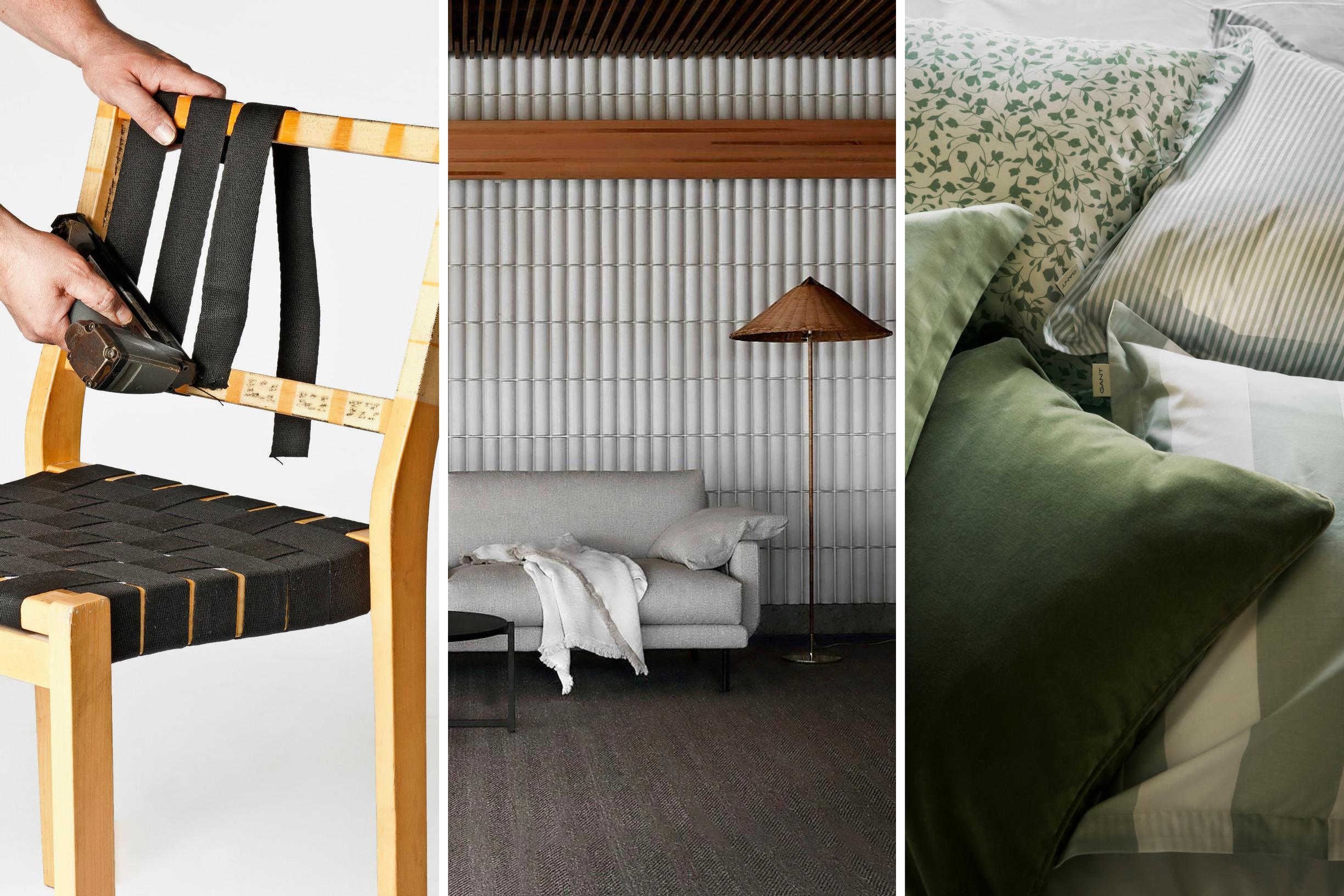
Incredibly cheap often equals poor quality, terrible working conditions, and even harmful products—here’s how to recognize quality
If it seems too good to be true, it usually is. What does quality mean, and how can you spot it? Read these tips on what to pay attention to when choosing a sofa, a light fixture, and textiles. “The workmanship can give you a first impression of the overall quality.”
We now have more products available than ever. How do you separate the wheat from the chaff when similar items are offered at every price point? At the same time, we all need to adjust our consumption habits for the environment’s sake: buy less and buy better.
Quality is a complex matter and means different things to different people. In short, you can consider the price–quality ratio as a guide, based on your own needs and resources.
Quality involves how durable a product is in its intended use. For instance, France has a law requiring electronics to have a label that shows how long you can expect them to last. In the EU, regulations for interior goods are also becoming stricter regarding quality, repairability, and recyclability.
Working toward a circular economy is becoming more important, so repairability, maintainability, and recyclability are also part of the quality discussion. Even if a product made far away is high quality and cheaper due to lower labor costs, it can be tough to get compensated if something goes wrong.
Ultra-cheap Chinese products have also raised safety concerns in the quality debate. Spot checks have revealed that many Chinese items include toxic dyes that are banned in Europe. If something’s too good to be true, it usually is. Unbelievably cheap often points to poor quality, awful working conditions, and even harmful products.
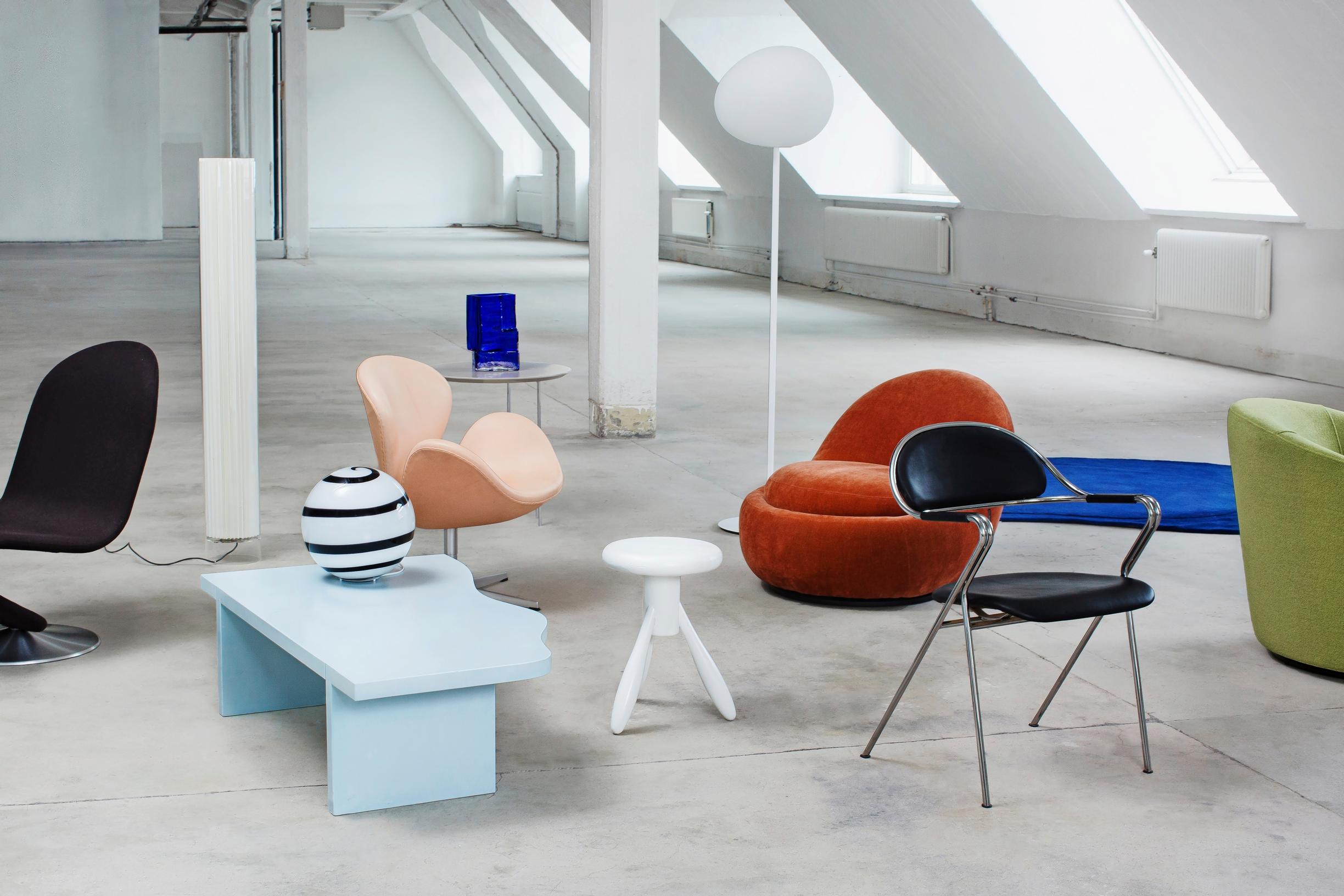
What are you actually paying for when you invest in quality?
Material choices, a functional structure, production methods, details, and finishing all add to the cost of quality. Each step in production increases the price. The more steps there are, the more corners are likely cut in cheaper products. That’s why finishing is often rough in budget furniture: screw heads may be visible, the product may wobble, and metal parts may be replaced with plastic. Fabrics can be thin and wear out faster than higher-quality textiles.
Is pricier always better?
Not necessarily. It depends on the product category. High-end brands might have markups, and in that case you’re paying for brand image. Brand perception matters, premium does cost money. But it can have benefits: you can trust the brand’s quality and expect the product’s resale value to be higher than usual.
Mid-range products can also be high quality. When production involves large volumes, costs tend to go down. If manufacturing is highly automated, quality doesn’t have to be prohibitively expensive.
How can I make a difference?
Even a high-quality product needs upkeep and proper use. It helps to have several sets of sheets and towels so you’re not always washing the same ones. Washing, and especially tumble drying, wears out textiles. Direct sunlight fades colors. Wood surfaces may need oiling or waxing. A sofa isn’t a trampoline. Items wear down with use, even if they’re high quality.
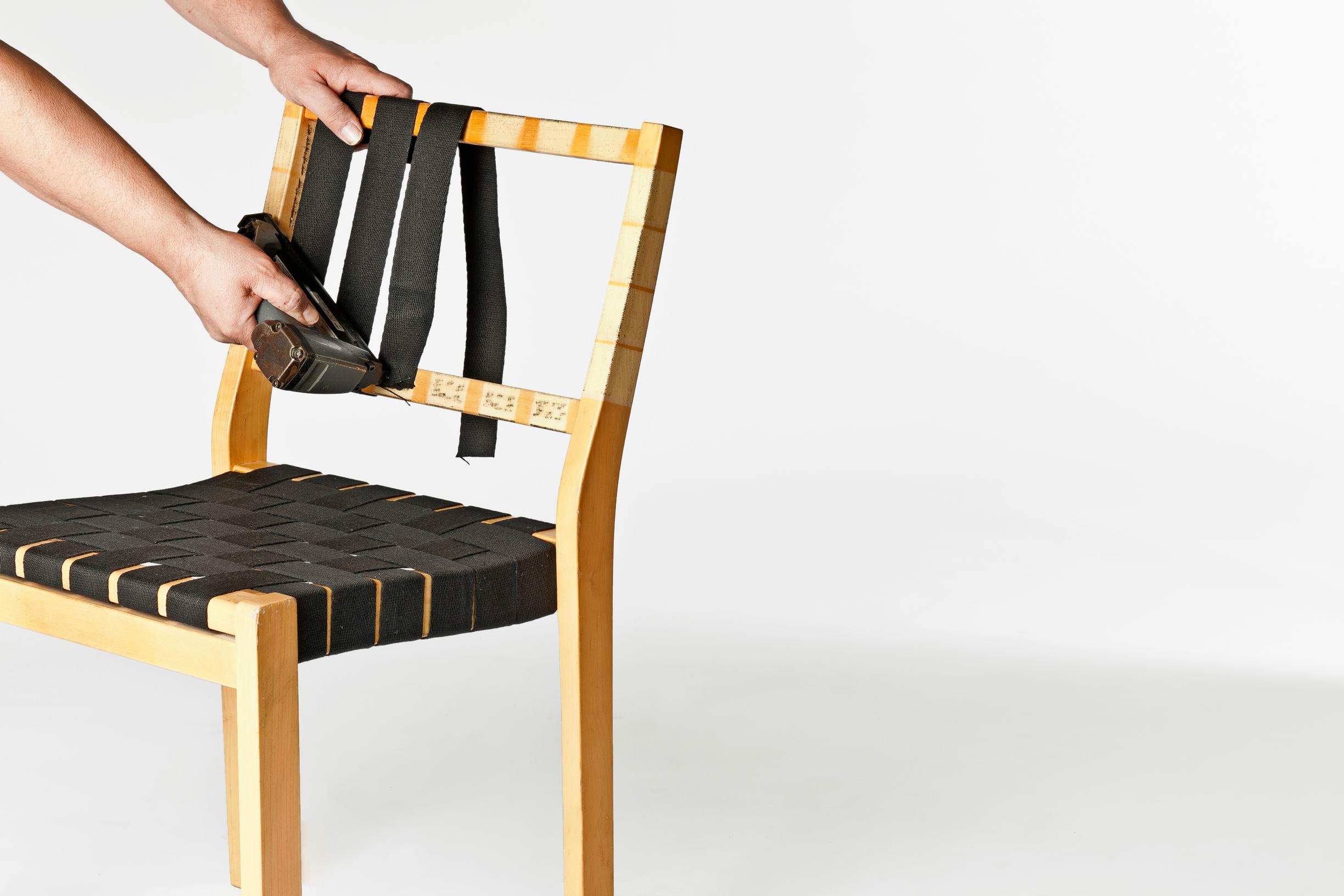
What is aesthetic quality? How does it affect an item's value and its lifespan?
You can judge aesthetic quality in two ways. How creditably made does the product look?
Another important factor is that the item pleases its owner for as long as possible. For some, this means a neutral color palette and shape. It’s good to remember that personal taste shifts more slowly than trends. A favorite color or a fondness for items from a certain era can last for years, even if the products are on-trend or eye-catching when purchased. The better you know your own preferences, the longer an item will stay appealing.
Why is a similar-looking copy much cheaper than the expensive original piece of furniture?
When you buy an original, you’re also paying for product development and design. Sometimes that involves years of refinement and small improvements along the way. The production process may have been updated to be more responsible. The work of a well-regarded designer can also add to the product’s value over time.
No one would pay the same amount for a copy. You can often spot a copy by its workmanship and finishing. There are, of course, many generic products whose design can’t be traced to a single designer’s vision.
What if you’re on a budget but still want quality?
It’s wise to steer clear of impulsive, short-term purchases. Finding quality at a reasonable price often takes time and effort. Online price comparisons are easy, and many platforms list a wide range of quality used items. On some sites you can set up search alerts if you know what you want. Look for good deals in outlet stores and sales. Rent items, or swap with friends.
You can also sell items you hardly use or no longer need and invest that money in one better piece.
Think of quality in terms of cost per use—the longer a pricey, high-quality item stays in circulation, the more worthwhile it becomes in terms of cost. Olof Hoverfält has developed the Wardrobe Diary platform, letting you enter a garment’s purchase price and record each wear. If cheap sneakers fall apart after just a few uses, their cost per wear may end up higher than that of a better-quality pair. The same idea can be applied to home goods, which is also sustainable.

How can I buy less and buy better?
Small impulse buys can easily build up to a large total over a year. You may be surprised if you keep track.
A “wellbeing wardrobe“ means making planet-friendly choices. One sustainable rule, for example, is to commit to buying only five new garments per year. You can still buy used clothes, though be careful not to stockpile those either. Could a similar approach to interior design work the same way? Following this philosophy, you’d think more carefully about what you need, and might be able to afford better quality.
Can you get quality online?
Unfortunately, there are many sketchy online shops, so you should be wary. It's worth paying close attention to website addresses and avoiding suspicious links on social media.
Well-known, popular online stores are generally places you can buy quality items with confidence. For bigger investments like a sofa, it’s wise to try it in person first. Even selecting the upholstery fabric can make a big difference.
Finnish Design Shop CEO Teemu Kiiski explains what to focus on when looking for quality products online:
If you’re not an expert, a good strategy is to see if an item is sold at auctions or on resale sites. If the product has held up well enough to be traded there, it must be durable and functional.
“If spare parts are available for a product and it can be repaired, that indicates thoughtful design, manufacturing, and responsibility. Also, the more a brand invests in responsibility and shares information about it, the more likely the product is of high quality in other respects as well. A further mark of quality is crediting the product’s designer and being made by a known brand.“
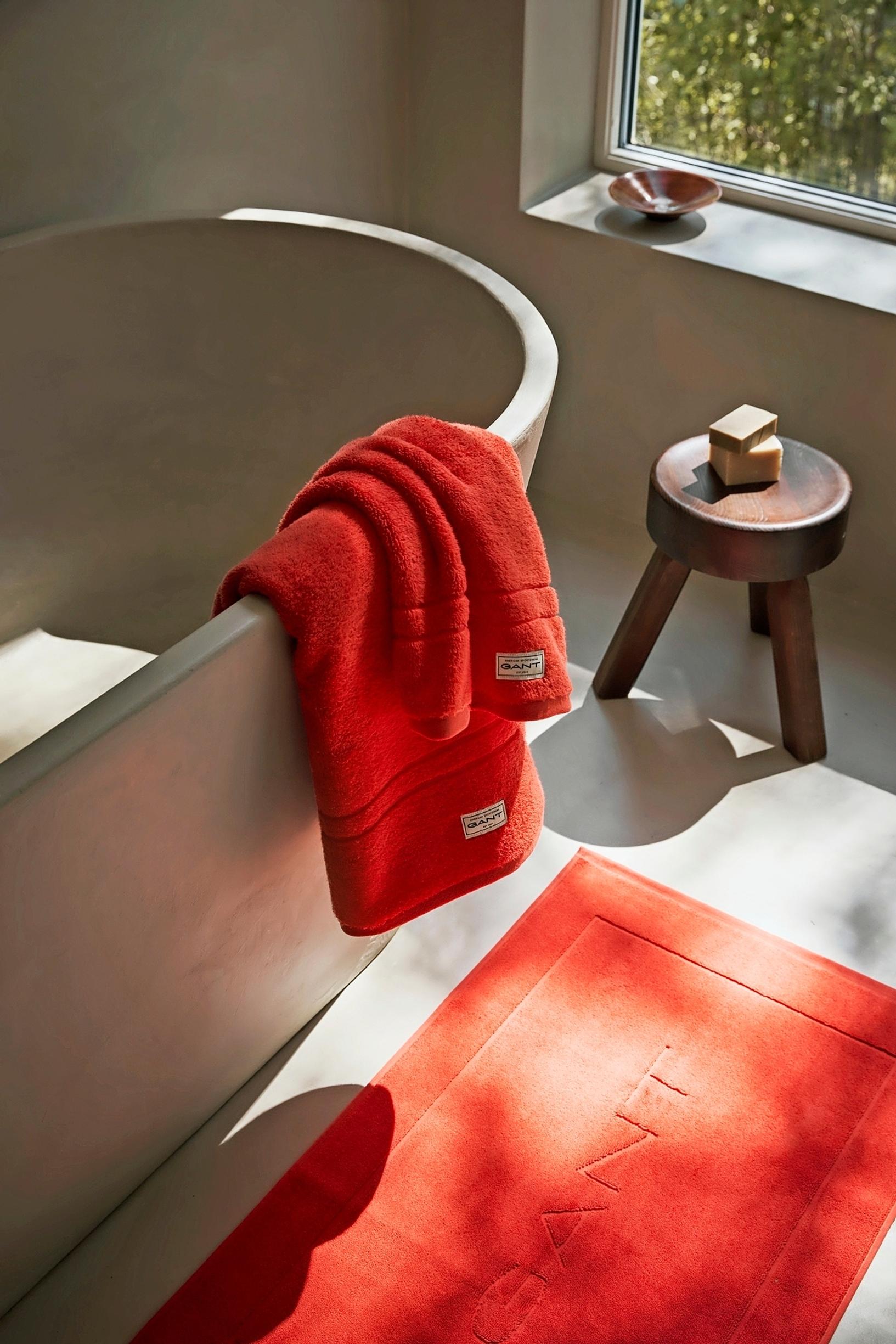
What should you pay attention to when choosing sheets and towels?
Doctor of Technology and lecturer Lea Heikinheimo at LAB University of Applied Sciences advises taking a close look at textiles:
“The workmanship can give you a first impression of the overall quality. Is the stitching loose, making the seams likely to unravel? Are there loose threads? Are the seams straight? You can also test the strength of the loops in terry cloth.”
“In the past, textile fibers were longer and, for instance, bedsheets were thicker. Thin fabric wears out faster. The fabric’s structure also affects durability. Haptic quality—how it feels—is part of overall quality. Bedsheets made from long-staple, fine Egyptian cotton feel much nicer than those made from coarse cotton.”
What should you check for in lighting?
The appearance is good to consider in light fixtures, too. Is the paint job neat? What materials are used for the lamp and its parts? Does a floor lamp feel sturdy? Is its base heavy enough?
Sessak Lighting CEO, Staffan Siggberg, suggests starting by choosing fixtures where you can replace the bulbs.
“There are lamps on the market with integrated LED bulbs. Once those burn out, the entire fixture becomes waste.”
In Finland and Sweden, there's a simple ceiling hook system for pendant lamps. Siggberg believes that easy assembly, installation, and clear instructions are all part of good quality.
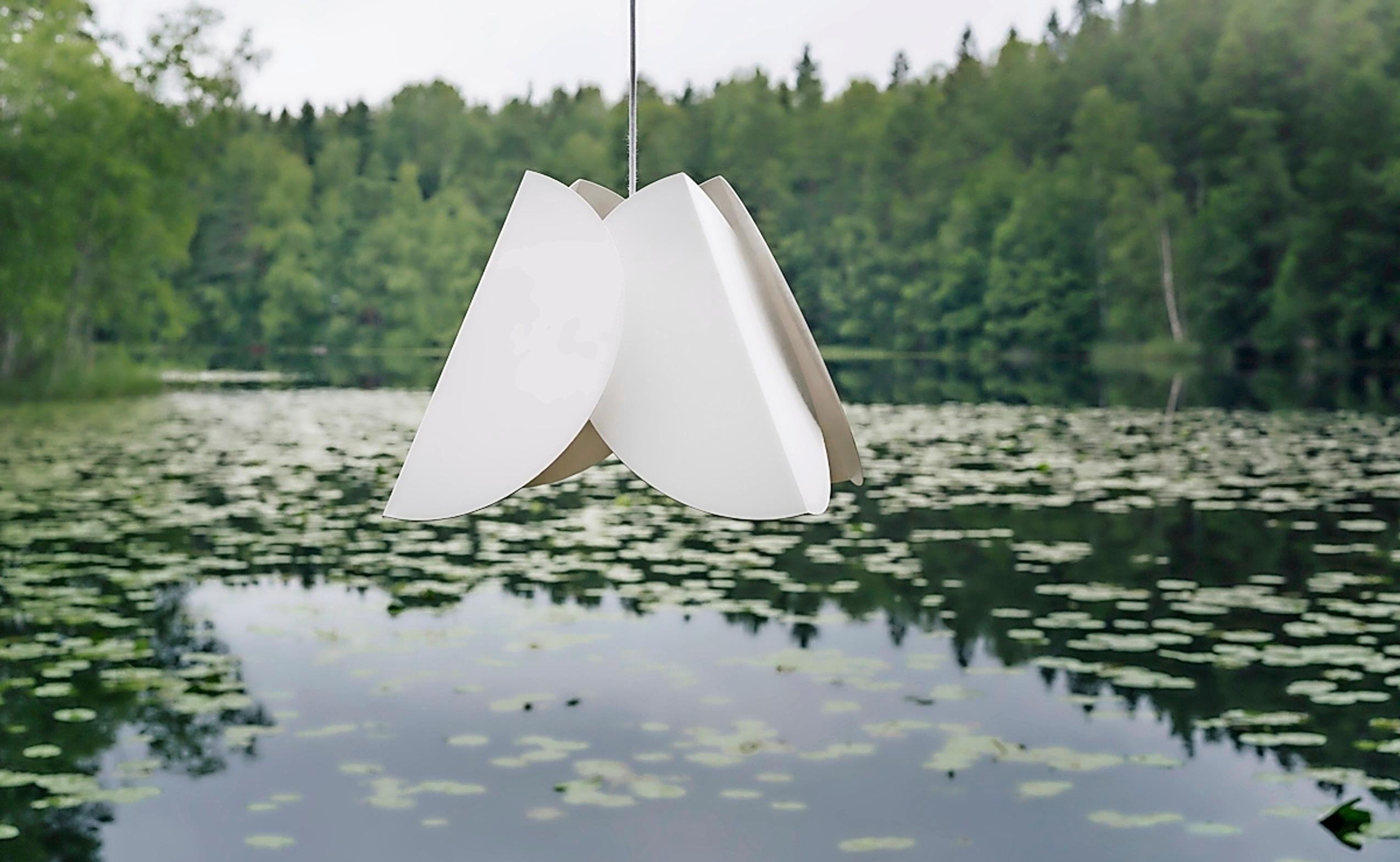
How can you be sure you're choosing a good sofa?
A sofa is often a big, long-term investment, and even here, quality can be subjective. Interface CEO Tuukka Leppänen says you should start by considering how you plan to use the sofa.
“By trying it out, you can figure out which dimensions suit you and your proportions, and what feels comfortable. Will the sofa be used for lounging or for upright sitting? Is it going into a household with kids or pets?”
“Your needs determine the upholstery. Natural materials are ideal for certain uses. People often avoid polyester, but when blended with natural fibers, it adds strength and durability—and recycled polyester is widely available.”
Leppänen notes many factories use the same basic materials, but sourcing, work methods, and finishing can vary significantly. If the down cushions are compartmentalized, the sofa holds its shape better. That extra step increases both the cost and the quality.
Quality check guide for furniture shopping
1. Examine the item
Visually inspect the piece if possible. Is it sturdy and finished well? Are seams straight and stitches strong? Does the finish look high-quality? Are the materials appropriate for the product?
2. Compare the facts
Compare the product’s specs with similar items. Look at prices, materials, and get familiar with different manufacturers.
3. Ask the seller
For expensive products, it’s worth talking with a knowledgeable salesperson. Describe how you plan to use the piece and what you’re looking for.
4. Get to know the brand
Look for information about the manufacturer. What do their website or other users say? Are your questions answered? A lack of details can be revealing.
5. Consider where you buy
Do you get expert help from the retailer, and do they answer your questions? Could you find the same product used? How complaints are handled reveals a lot about both the retailer and the manufacturer. Even after the warranty ends, manufacturers must address production defects.
6. Think it over
If you’re not sure, sleep on the decision before buying.


